Teaching Ideas
Earth Day
Earth Day is Saturday, April 22nd

Inspire readers with titles honored by the Green Earth Book Award, which recognizes books that focus on environmental stewardship.
Find additional titles and resources on the Earth Day Biographies and Eco-Reading: Selected Books for Children and Teens about Our Earth and the Environment lists.
Connections for younger students
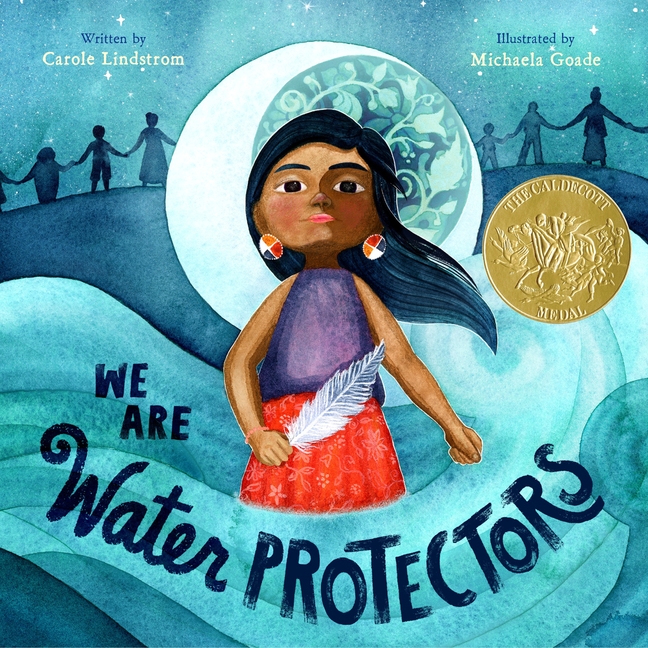
Listen to the complete book reading and discussion for We Are Water Protectors with author Carole Lindstrom. Find discussion questions or create a list of ways to support the earth using this activity kit.
Create jump ropes out of plastic bags using this activity guide for One Plastic Bag: Isatou Ceesay and the Recycling Women of the Gambia. Learn more about the backstory for the book in this Meet-the-Author Recording.
Challenge students to create a plan of action for an issue they care about after watching the video book trailer for Follow the Moon Home and incorporating strategies from this guide.
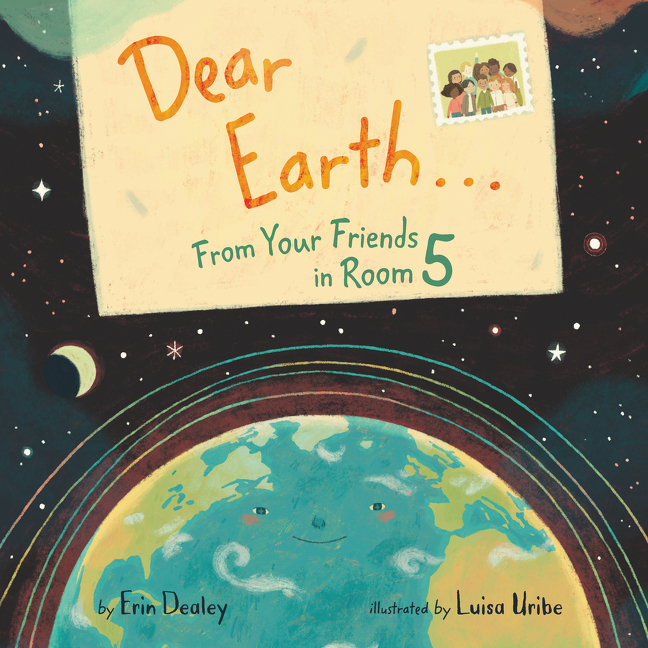
Share this complete video reading for Dear Earth...From Your Friends in Room 5 with your students. Have each student write their own letter to the earth using this printable writing activity and the letter writing tips in this guide from the author.
Reflect together on the Meet-the-Author Recording with Loree Griffin Burns about Citizen Scientists. Then try some of the hands-on activities in the accompanying teacher resources. Take students outside to observe the world around them. Count how many birds they see, observe insects on the ground, look at plants, and more.
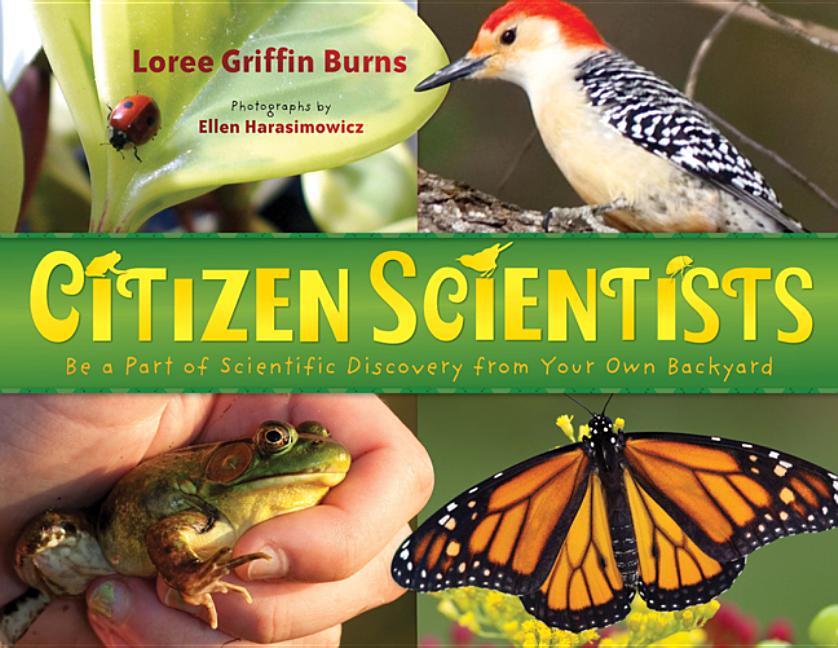
Make a book cover jigsaw puzzle of A Planet like Ours together, then have students draw their favorite place on earth using this activity sheet.
Launch into a discussion as a class about where our food comes from by listening to this Meet-the-Author Recording with Jacqueline Briggs Martin about Farmer Will Allen and the Growing Table. Then, have students pick a fruit or vegetable they like to eat and investigate how it gets to their table.
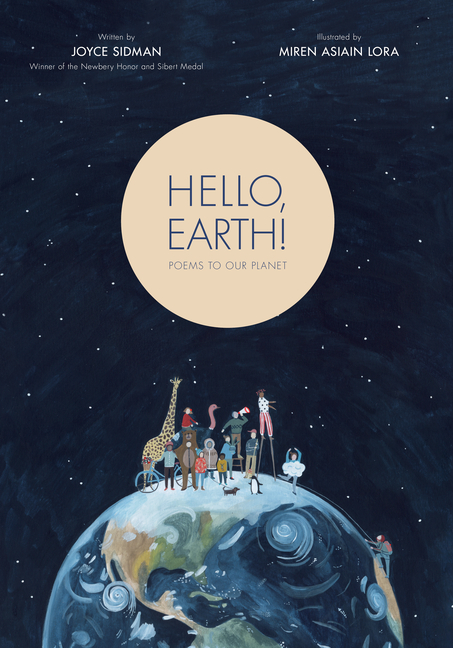
Craft mini-books about the earth after watching the complete video reading of Hello, Earth!: Poems to Our Planet, and find discussion questions, tools to explore similes and onomatopoeia, and more in this discussion guide.
Draw environment maps with this printable activity from A Tiny Brown Monkey on the Big Blue Earth, asking students to be sure to include things that make their environment livable.
Design a quilt that shows images of a healthy earth using the template in this storytime toolkit for To Change a Planet, or have each student draw their own healthy earth on separate pieces of paper, then display them together as a classroom quilt.
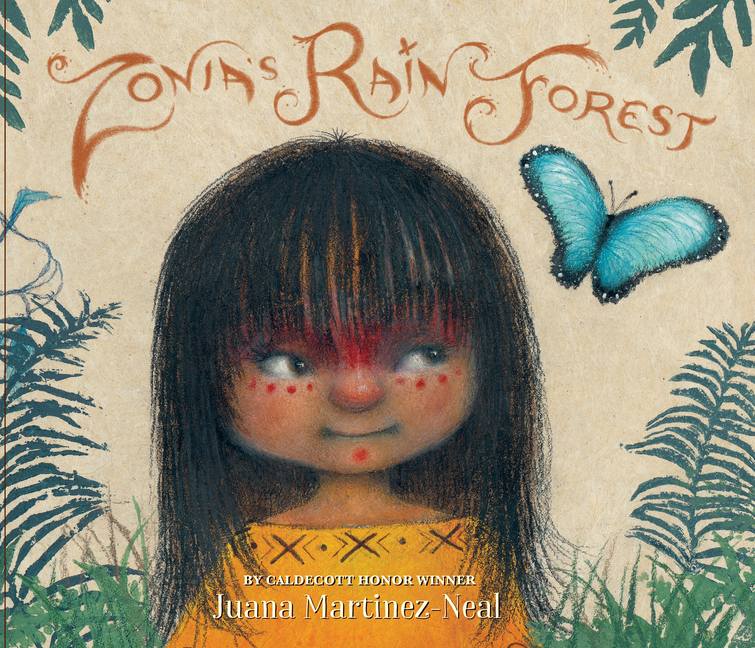
- Share the video book trailer and bilingual complete video book reading of Zonia’s Rain Forest. Ponder questions, research rainforest animals, think about threats to the rainforest and imagine solutions, and even write an acrostic poem with this teachers' guide.
Connections for older students
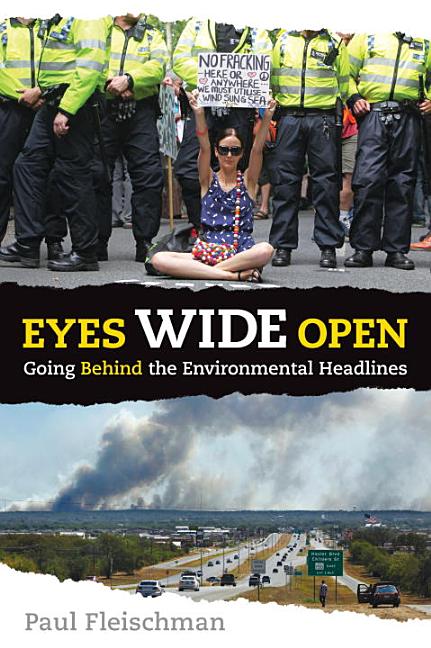
Read this interview with Paul Fleischman about his book Eyes Wide Open: Going Behind the Environmental Headlines, then have students search for recent environmental headlines in the news and dive deeper by researching the issue covered.
Watch the complete book reading and discussion for We Are Water Protectors with author Carole Lindstrom. Use this text as a scaffold into conversation about the interconnectedness of the natural world. Have students research a contemporary ecological issue and learn more about how the issue affects people, wildlife, or beyond. To go further, have them brainstorm solutions.
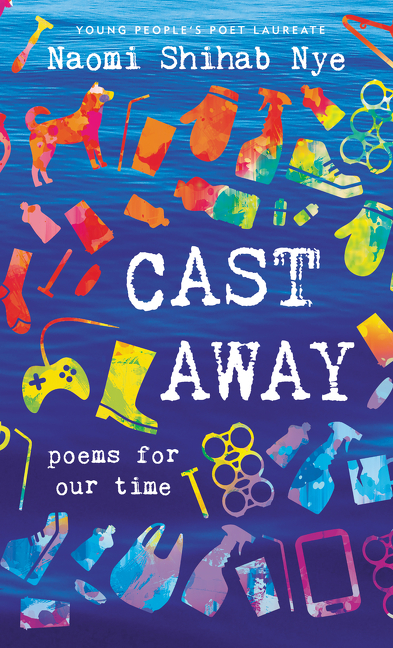
Click on Google Book Preview to read a few of the poems from Ghost Fishing: An Eco-Justice Poetry Anthology. Reflect together on what “eco-justice” means.
Hear Naomi Shihab Nye read poems about trash from her book Cast Away in this video book reading, and learn how she interacts with litter in this Meet-the-Author Recording. Then, if you can supply gloves and bags, lead your students to follow her example and go pick up litter outside. Find poetry writing prompts and extension activities in this discussion guide.

